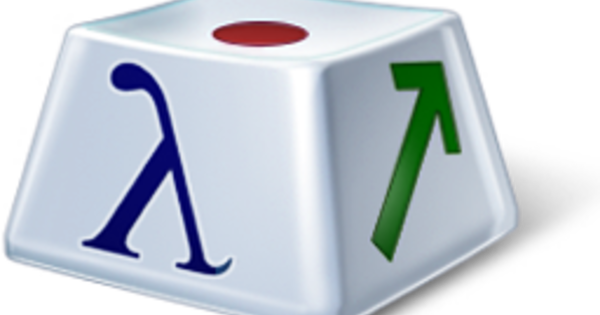With many e-mail services it is quite easy to have your e-mails automatically forwarded to another address. In Outlook this is unfortunately a bit more difficult, but fortunately not impossible. By creating rules, you can automatically forward your Outlook e-mail to another e-mail address.
Sometimes you want to receive messages at a different email address, for example if you don't like your work or school webmail or if you have different email addresses and want everything to arrive on one account. Here you can read how to do that.
For this step-by-step plan we will use the program version of Microsoft Outlook 2016 in Windows 10. Other versions will probably work the same, but a single term may have a different name.
Lines
It is certainly not as simple as forwarding messages in Gmail or Windows Live Mail, for example. With online services you can often tick forwarding in your settings and enter the relevant e-mail address. Outlook has a slightly stricter policy, but that doesn't mean it's impossible. In fact, if you feel a bit at home in it, the possibilities are endless.
However, instead of a simple tick, we have to work with so-called 'rules'. These are a kind of step-by-step plan with which you can tell Outlook exactly which pre-programmed tasks it should perform. Such a rule also exists for forwarding e-mail.
Create rule
Open first Outlook. At the top, in the ribbon at the bottom Start, is the cup Lines. Click on it, then on Manage rules and alerts. The Rules window will now open. Click on the top left New rule to set forwarding.

Click under the heading Start with a template or a blank line on Apply rule to messages I receive and click Next one. In the window that now appears, you can set additional requirements for messages: things like urgency, messages from a specific sender, or messages sent only to you. If you want to forward all messages, leave this window as it is and click Next one. You will now see a warning that the rule will be applied to every message you receive. click on Yes.
Forward
In the next screen (note: it looks like the previous one) you will see a list of options again. You want to forward your messages, so check forwarding to individuals or public group at. Click at the bottom of the window, under Step 2, on the underlined part persons or public group. Search in the wizard by contact name or enter the relevant e-mail address at the bottom and click on OK.

Under Step 2 there should now be a correct summary (in somewhat crooked Dutch) of the action to be performed: Forward this line after the message is received to [email address]. click on Next one to open yet another list of options and restrictions, where you can customize even more.
Numerous options
Up again Next one clicking will take you to the last page of the wizard. Here you enter a name for your rule, choose whether it should only apply to new messages or also to existing messages and you can switch the rule on and off. If everything is correct, click on Complete and one more time OK. Test to make sure you've done it right (it may take a few minutes for you to see forwarded messages in your inbox).

With all the options these rules offer you can build very advanced actions. For example, you can automatically forward mail from a certain applicant to all your direct colleagues, play a sound when a message with an attachment arrives, automatically mark messages from that one colleague as read and much more. Get creative and build your own code in Outlook.
If you want to remove certain rules, you can do that too. Go again toManage rules and alertsand in the dialog choose Rules and Warnings on the tab Email Rules the line you want to delete. Confirm by pressing remove and then OK to push.

